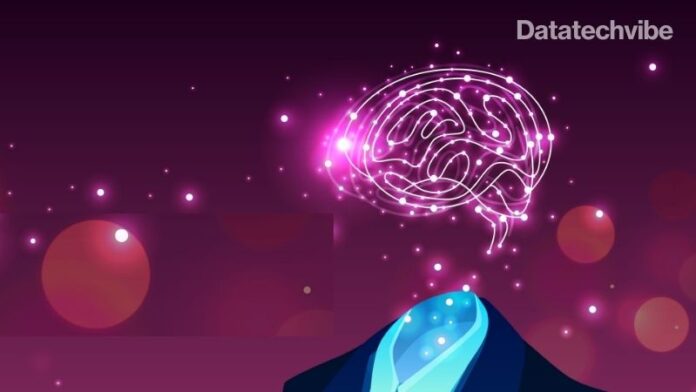Natural Language Processing (NLP) is a branch of Artificial Intelligence that helps in the interaction between humans and computers. It involves manipulations and alterations in the natural language like speech and text with software. It is a technology that aids computers to understand human language. Let’s look at the top trends in Natural Language Processing of 2021.
The collaboration of supervised and unsupervised learning
Natural Language Processing is now working towards the collaboration of supervised and unsupervised machine learning. This is done to increase performance and efficiency in understanding and interpreting language. By supervised learning, we mean, tasks and models are defined using labelled or tagged data. In this method, both input and output data is fed to the model, and then it predicts the output data when every new input is entered. Algorithms, under supervised data, are Decision tree, Logistic Regression, Support Vector Machine, Linear Regression, and Classification.
On the other hand, unsupervised learning works on algorithms using unlabeled data, where it finds hidden patterns in the data. In this case, only the input data is provided to the model. Algorithms in unsupervised learning are clustering, KNN, anomaly detection, neural networks, and apriori algorithms.
Read More: Automation or Humanisation, What Works?
Significant Growth in chatbots and Intelligent virtual assistants (IVAs)
Chatbots are a part of IVAs depended on the online chats. We come across various chatbots on websites. But these chatbots work on the single-turn exchange they are rule-based chatbots, where the users ask questions and queries, but in return, they get only predefined answers. Now various companies have used NLP techniques to launch AI-powered chatbots that will be able to work on more human-like conversation. Like, Facebook’s BlenderBot in 2020. BlenderBot is an open-domain chatbot that gives a human-like feel. It comes with a blend of skills such as empathy, knowledge, and personality in a single system.
The chatbot market size was valued at $494.68 million in 2019 and is projected to grow at least 27% from 2020 to 2027.
Intelligent virtual assistant –This is the technology where computers understand the natural human language and then respond smartly while also completing the given task. The most common examples of IVAs are Amazon Alexa, Apple’s Siri, Google Assistant, and Microsoft’s Cortana. Other companies are also coming up with such digital assistance technology. The market size of Intelligent virtual assistants was valued at USD 3.7 billion in 2019 and is projected to grow by 34.5% from 2020 to 2027.
Sentiment Analysis for the Social Media
Another trend is the Sentiment Analysis tool designed for social media platforms. Companies are now concerned about consumer behaviour and are eager to understand their perspective towards their brands by analysing their conversations and emotions. NLP helps the analysis of attitudes and emotions through consumer’s engagements and conversations. It involves collecting a large amount of unstructured data and analysing the information posted by customers on social media about their brands. It can include reviews of users on the platform such as Instagram, Twitter, and Facebook comments about the brand on someone’s post, and their tagging and posting about the brands.
Intelligent Semantic Search
Semantic search helps understand the intent behind the queries, the relationship between the worlds and the context of the query, rather than just finding the literal meaning of words. With NLP, Intelligent Semantic Search can improve the dynamics of searching on the search engines. It simplifies the search for the user, providing them with everything they need and saves time.
Read More: How Has Machine Learning Impacted Marketing?
Market Intelligence Monitoring
Information and data relevant to any organisation or business in terms of market trends, customer data, and competitors that are essential for decision-making are termed Market Intelligence. It involves gathering data from various internal and external sources such as company websites, online and social media, and other secondary databases. This provides a picture of the company’s performance in given market conditions. The technology that helps in monitoring these market conditions in Natural Language Processing. In future, NLP will play a major role in determining the market scenario for companies.
As Mark Cuban rightly said “Artificial Intelligence, deep learning, machine learning — whatever you’re doing if you don’t understand it — learn it. Because otherwise, you’re going to be a dinosaur within three years.”









